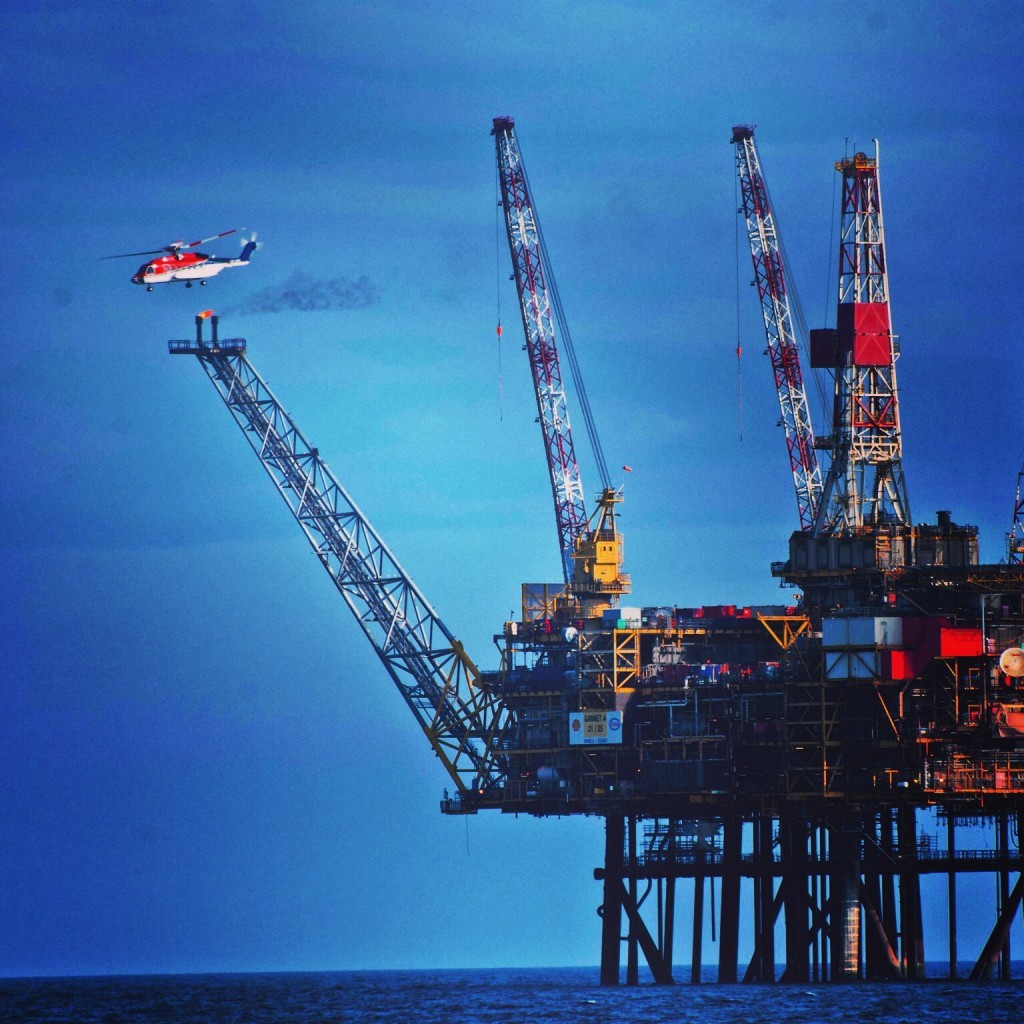
Eight months after COP21 CEOs of oil majors talk about CCS, gas for coal and a transition towards a low carbon future, but there is still a lot more that can be done.
The industry is battling with an unsustainable high cost level, which combined with low prices poses a serious challenge on all actors in the industry, including ourselves.
However, when attending ONS Stavanger and talking with industry players, I’m still surprised that we haven’t taken on board all available cost-effective measures to cut emissions.
The COP21 Paris Agreement gives a clear and ambitious direction. Since business as usual is not an option, DNV GL has launched two papers to advise the industry on how and where to make impactful changes within financial constraints.
‘A cost-efficient approach to reducing environmental impact’ provides a framework for the industry on how to improve environmental sustainability by identifying the most cost-efficient mitigating measures.
To demonstrate how the abatement framework can work in practice, we made a pathway study for the Norwegian Continental shelf resulting in the paper ‘CO2 abatement potential for offshore upstream installations’.
It shows that by adopting cost-effective practices, the NCS could reduce current CO2 emissions with a staggering 29%. The results took into account efforts already made to lower emissions such as reduced gas flaring activity.
So despite the NCS being known as best in class when it comes to combating CO2 emissions and footprint, the work we have done with the CO2 abatement shows that even on the NCS there is still a lot of cost-effective potential left.
These results are very promising and inspiring.
They are making a profitable case for already available technologies for energy efficiency and storage, and the earlier the measures are implemented for a field production, the greater the cost savings.
When looking at the potential in the future the results are even more encouraging. Around 75% of global oil production in 2040 is projected to come from new fields. I have great hopes for the oil and gas industry to reduce CO2 emissions dramatically on a global scale over the next quarter of a century.
Greater transparency by the industry on environmental risk management processes and sustainability reporting will give the sector much needed credibility and speed up sustainability improvements as a business advantage. I sincerely hope the industry will take every opportunity to advance, and there is no need or time to wait.
In order to ascertain the status of sustainability efforts across oil and gas producing regions and current field developments, we have also developed a map that identifies regions and field developments with the most and least potential for improvement.
The results give details of economic, environmental and social performance criteria of resources and production in regions. It can be used to identify areas for sustainability improvements as well as providing a broader view as input for investment decisions.
Oil and gas are needed as part of the future energy portfolio in order to reach the UN’s sustainable development goals, but it is also our responsibility as an industry to ensure optimal sustainable performance of resources.
Recommended for you
